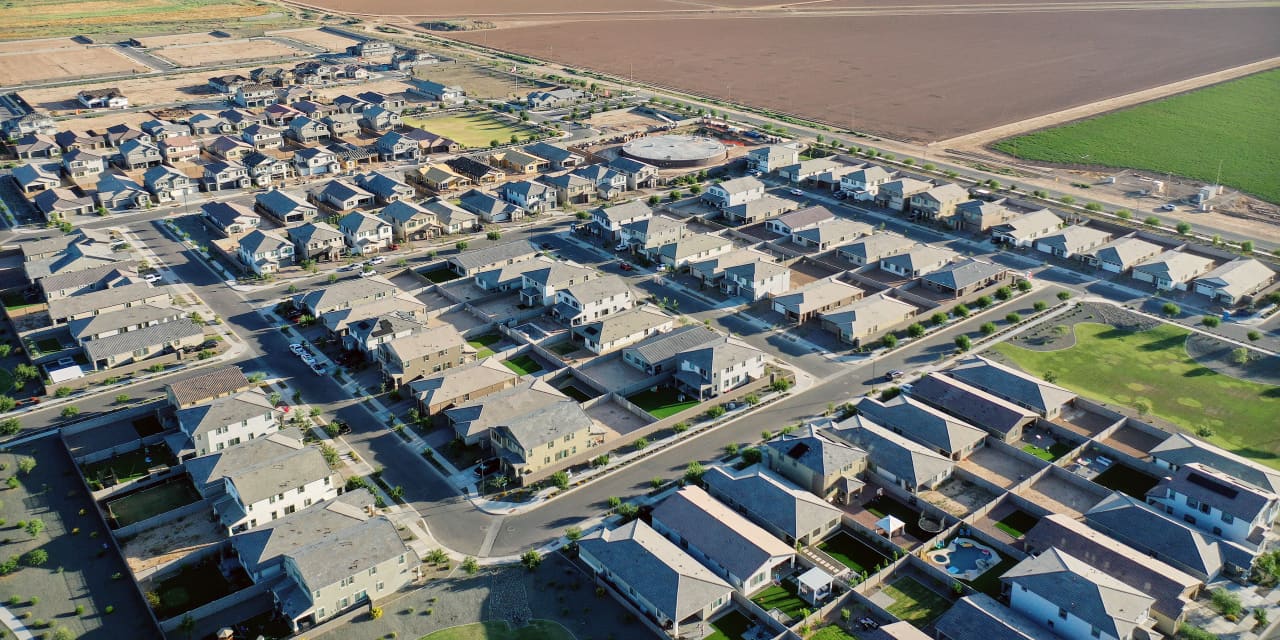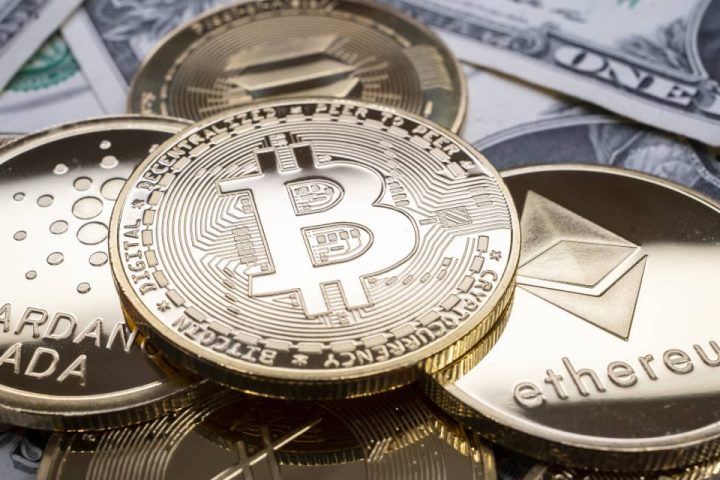Home prices keep going up, defying mortgage rates at 23-year highs and a housing market that hasn’t been this unaffordable since the 1980s. Everything looks steady on the surface but prolonged national U.S. home price declines could be around the corner for the first time in more than a decade, according to one housing expert.
A few specific shocks could spark the decline. If more sellers list and buyers postpone searches because they have been shut out by high costs, supply would finally outstrip demand. Economic surprises like a recession or significant layoffs could shake consumer confidence. Such uncertainties add to the housing market’s woes, and the results would ripple through the U.S. economy by slowing the accumulation of household wealth and stunting consumer spending, an important driver of growth.
Affordable homeownership had long been considered an achievable cornerstone of the American dream, and now that role is increasingly in question, says Susan Wachter, a real estate and finance professor at the Wharton School of the University of Pennsylvania. “This has long-term implications for the economy, prosperity, and security.”
Housing market bears have been predicting significant home price declines since the pandemic began. They largely haven’t panned out, as the number of buyers searching for homes have overwhelmed the available supply. This past spring, prices dipped less than 1% from the year before, according to the national S&P CoreLogic Case-Shiller Home Price Index, but then quickly resumed their climb to new highs.
Even as monetary policy has tightened, home prices have broadly held up. Prices in more than 80% of roughly 200 U.S. metropolitan areas gained in the third quarter despite record-low national home affordability, the National Association of Realtors said on Nov. 9.
That’s one reason Matthew Walsh, a Moody’s Analytics housing economist, expects prices to slump in the second half of next year for the first time in more than a decade. “Right now, the housing market is extremely, extremely unaffordable,” said Walsh. He estimates prices will fall between 3% and 4% in 2024’s fourth quarter from the year ago quarter.
A sustained decline in 2024 isn’t the consensus among housing economists. Several industry forecasts based on home price indexes expect prices to broadly keep rising next year. But the supply and demand dynamics underpinning this year’s home price gains are far from normal—and changing conditions could flip the market.
With huge costs and mortgage rates recently inching close to 8%, a buyer would need to devote more than 40% of their income to monthly payments, according to ICE Mortgage Technology—the largest percentage since 1984.
Mortgage rates, which typically move with the 10-year Treasury yield, are another wild card for demand. Rates have retreated as Treasury yields slumped but that doesn’t mean they won’t climb higher again. Wall Street is betting that the Federal Reserve will keep interest rates steady through the end of this year, and then cut in 2024—although Federal Reserve Chairman Jerome Powell said on Nov. 9 that he would consider another increase if inflation stays high and economic growth remains strong. If that happens, Treasury yields could rise further, bringing mortgage rates along for the ride.
Buyers, of course, don’t have to buy—even if they’re approaching the age when they would typically make such purchases. Renting is looking appealing as a deluge of new apartments and condos come on the market. Rents have cooled from their dramatic gains earlier in the pandemic, with U.S. rents down 1.2% from the year-ago period in October, according to ApartmentList. The run-up in home purchase costs earlier this year made the monthly cost of buying a home with a 5% down payment more expensive than renting, according to a Zillow analysis provided to Barron’s in August.
Household balance sheets grew during the pandemic—but rising loan and credit delinquencies in the third quarter highlights the one-two punch of tighter monetary policy and inflation. Should unemployment rise, prospective buyers could feel too uncertain—with their jobs, their finances, and home prices in general—to take the plunge. Mortgage delinquencies remain below prepandemic levels but are rising, a trend that bears watching next year.
Low inventory of homes for sale has kept prices high, even as rising prices and rates have whittled down demand. For prices to fall, more homes would need to hit the market. The financial incentive to stay put as long as mortgage rates remain well above historic lows, known as the mortgage rate lock-in effect, was often the explanation for scarce listings in 2023 that propped up prices. But the impact of the lock-in reasoning may not be lasting. A recent Fannie Mae survey of homeowners found that many respondents who plan to stay in their homes for longer than expected cited various reasons besides low mortgage rates including proximity to family.
Falling prices wouldn’t be uniform—and some areas with particularly limited housing supply might not see declines at all. Of all the metropolitan areas evaluated by CoreLogic in September, those most at-risk of a home price decline over the next 12 months include Youngstown, Ohio; Cape Coral, Fla.; Spokane, Wash.; West Palm Beach, Fla.; and Deltona, Fla.
Price drops could also vary based on the size of the home. While larger and more expensive homes are typically a more discretionary purchase, smaller entry-level homes attract a range of buyers, from price-constrained first-timers to cash-wielding downsizers. That means prices in this range could stay firmer than larger or more expensive homes.
D.R. Horton
(ticker: DHI), the nation’s largest home builder, said it expects to sell smaller homes next year as affordability headwinds persist.
For most homeowners content to hold on to their properties for the long run, price declines might have little obvious impact. The typical U.S. home value is more than 40% higher than it was before the pandemic, according to Zillow. Even buyers who purchased their homes at the zenith of housing market mania in June 2021 have enjoyed a typical 17% home value increase.
Those who bought more recently may have more anxiety about falling prices. Other who were inclined to buy could decide to take a breather, says Realtor.com Chief Economist Danielle Hale. (Barron’s parent company,
News Corp,
owns Move, which runs real estate listings site Realtor.com and Move.com.)
“When prices are falling, if people believe it’s going to be a sustained decline, they’re going to lean more toward waiting rather than hurrying and buying,” she says.
Write to Shaina Mishkin at [email protected]
Read the full article here







